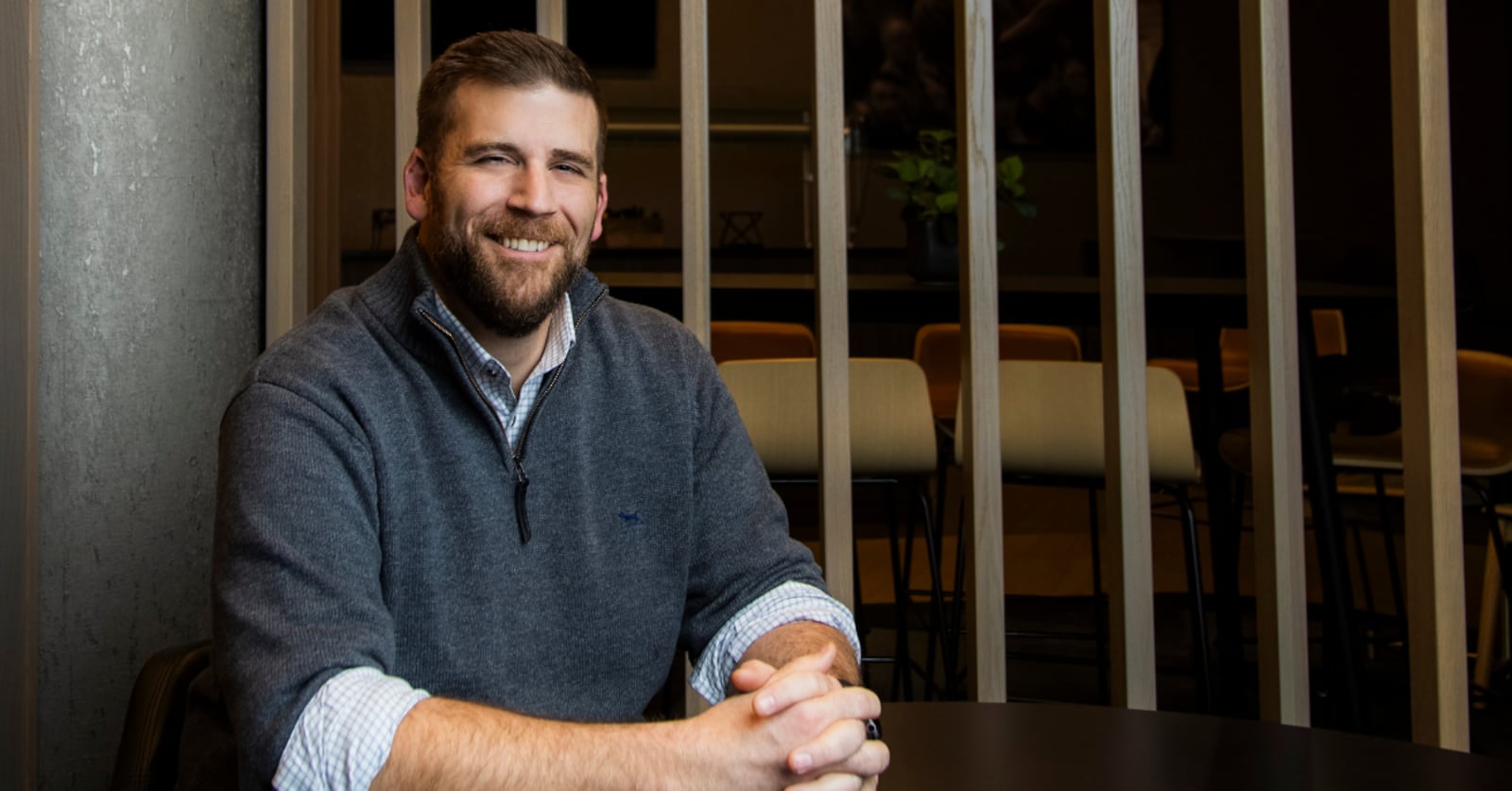Utah Business is proud to present the inaugural cohort of our Utah Business Leaders of the Year award. These 12 honorees represent the greatest accomplishments of Utah’s business community in 2023 and were selected by the Utah Business editorial team.
Nathan Foster
Managing Director | Rio Tinto Kennecott
Follow on Linkedin
When a massive investment in the underground copper mining plan at Rio Tinto Kennecott came through from its parent company last spring, it happened quicker than expected. A subsidiary of the multinational mining giant Rio Tinto, which operates a copper mine on the outskirts of Salt Lake City, had cracked open a plan to access huge deposits of minerals that sat nearly a mile below the surface.
It can take years of feasibility planning to figure out whether a complex operation will be worthwhile, but in this case, years of interest from the surface mining team in the area helped pave the way for a smooth proof of concept. One of the key players in that process was Nathan Foster, Rio Tinto Kennecott’s managing director.
“We’ve been exploring this specific ore body for about 12 years,” Foster says, referring to the underground deposits his team will begin extracting in earnest in 2024. “That’s the challenge—or the opportunity, I guess—with underground mining specifically. You don’t have a lot of data; you can’t see it … you spend a bit of money, drill a little bit and get a bit of development in to truly understand if going after a full-scale operation is going to be economical or not.”
The site was already a big deal. Large enough to be seen from space, it’s also the second-largest copper mine in the United States—but there was more to unearth.
Last June, Rio Tinto announced it was investing $498 million into the underground project, following research and development investments of $55 million, $108 million and $25 million in the two years before.
“At that point in time, we knew the ore was there, but we just needed to understand it a bit more,” Foster says of the development phase. He began working on the site in late 2021 after stints on other continents, and he served as the underground general manager before his promotion late last year. “We knew enough at that point in time that we really started focusing on getting the actual development capital approved.”The shift is part of a strategic effort on the part of the company to become a major player in the U.S. copper market. A major component in both electric vehicles (EVs) and sustainability, demand for copper’s extraction and refinement is expected to double by 2035, according to the International Energy Agency. While Chile, Peru and the Democratic Republic of the Congo are currently the world’s largest producers of copper, this project aims to make Utah a key player in the electric energy manufacturing boom.
“There’s going to be this massive shift to EVs across the U.S.,” Foster says. “The amount of electricity that’s going to have to be generated to support that—the improvements to the infrastructure and the grid—are really significant. And that’s going to require mining and metals.”
On top of the copper, the developments in technology that are allowing Rio Tinto to access the deep ore are also giving them access to some sellable byproducts. Foster says they are now capturing tellurium out of their waste stream, the metal used in solar panels.
“You would never open a tellurium mine, but we’re able to sell that to a Utah solar panel manufacturer now,” he says.
Meanwhile, the mining itself will use more electric trucks and equipment—technology Foster says didn’t exist 10 years ago that will make the operation safer and more efficient.
“It’s less hot, less emissions,” he says. “All of that is less infrastructure, which is going to save money and make it better for our miners, as well.”

